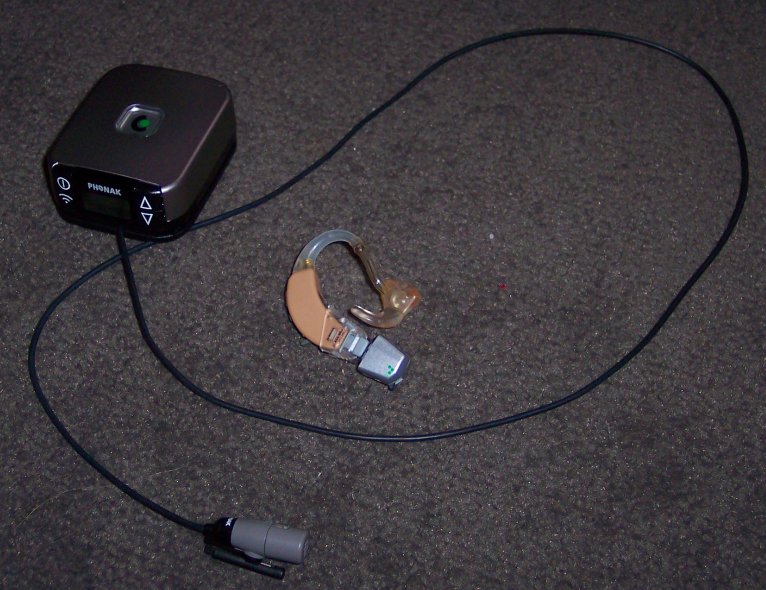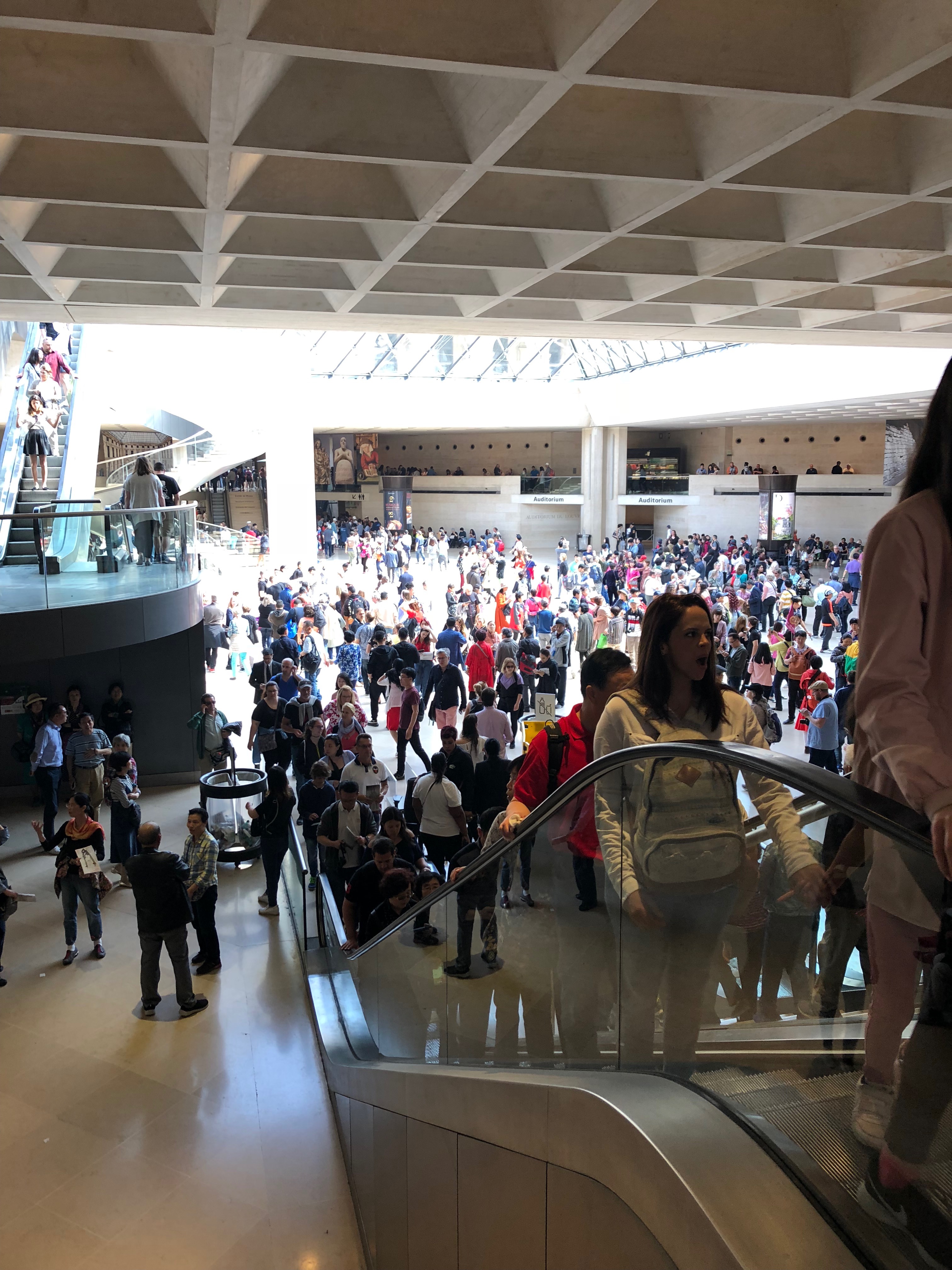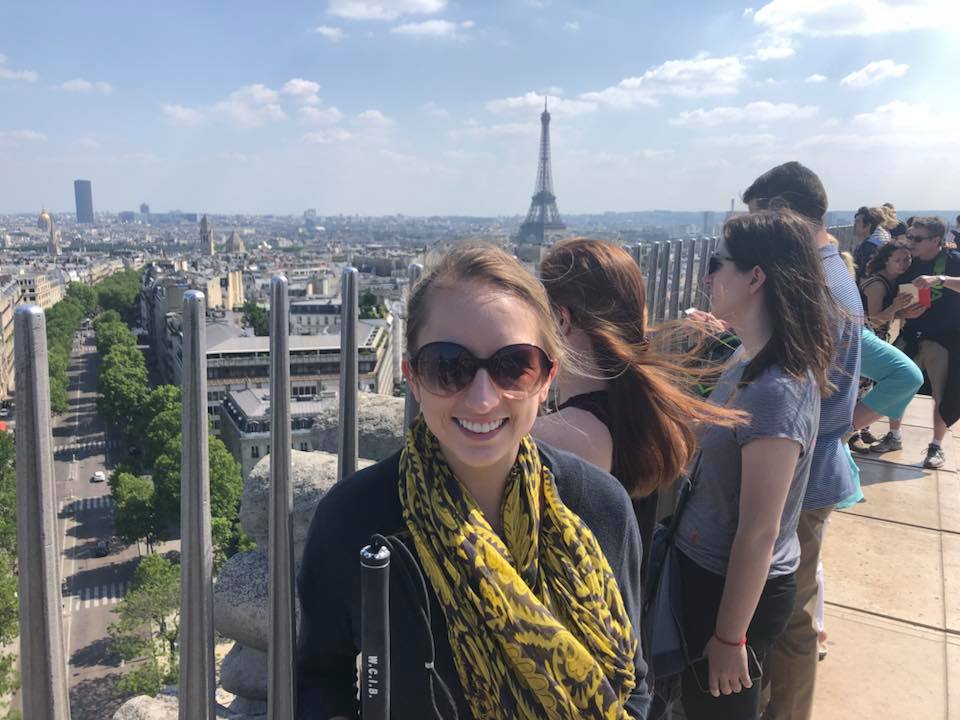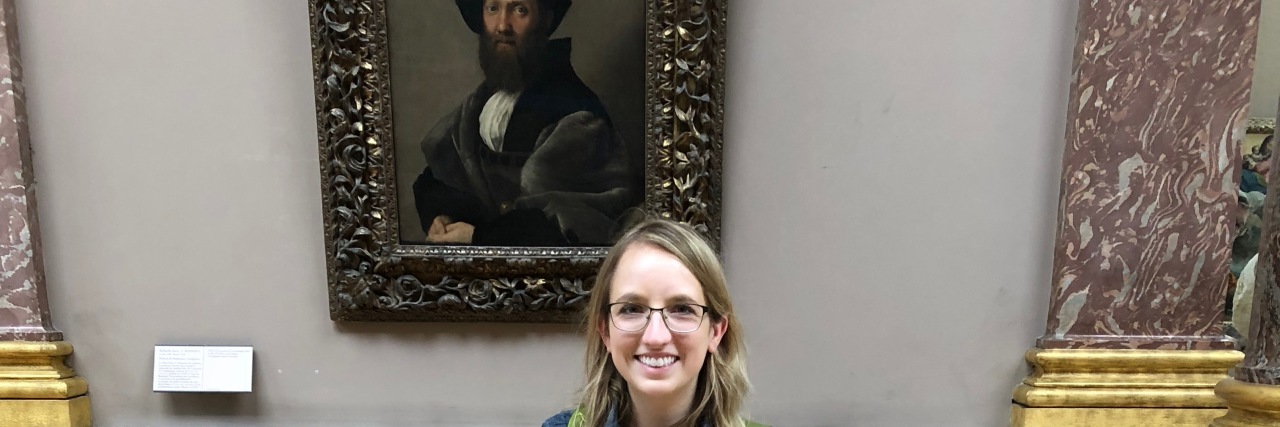Growing up in the United States, I always assumed my country was the best place to live or visit if a person had a disability. My generation was the first generation to go to school and work under both the Americans With Disabilities Act and Section 504. Together the laws, prohibit discrimination against people with disabilities in all areas of public life, mandate reasonable accommodations and encourage mainstreaming in educational settings. I grew up thinking about how blessed I was to be able to advocate for myself with the law on my side.
But discrimination still happens here. Throughout my life I’ve dealt with barriers to access information because of my hearing loss — this even happens in public institutions where people with disabilities should feel the safest. In my freshman year of college, a calculus professor refused to wear a microphone system that connected to my hearing aids to help me hear his lecture better. He made a scene, singling me out in front a 500 person lecture hall and insisting that my assistive device was causing feedback and interfering with his lecture. When the feedback continued even after he took off my microphone and I put it in my bag, he insisted that I must be doing something with my hearing aids and the 1960s style speakers in the back of the hall, and to stop.
If that kind of thing happens in this country, shouldn’t things be 100 times worse everywhere else? That’s not exactly true.

When planning our honeymoon in Europe, I was nervous about using my cane to navigate. My cochlear implant is semi-visible, but having a cane is different. It’s a clear indication of disability. You don’t have to look too closely to notice a person using a white cane. I was worried pickpockets would see the cane and target me as a vulnerable person — maybe even steal my cochlear implant off my head. I envisioned myself trying to explain Usher syndrome to airport security using broken French and Italian when they saw my implant and cane. I thought about how people would ask my husband all the questions because they’d see me as a worthless individual.
But then we went to the Louvre Museum.
Our journey into the Louvre Museum started with a tunnel. Most TV shows show the pyramid of the Louvre, the arc and the old palace around it, but you don’t have get in by lining up with a zillion tourists at the glass pyramid. Your quickest and best option is to get in underground. Given the stairs and the lack of light in the tunnel, I pulled out my cane and braced myself for the crowds and pickpockets we were sure to encounter.

My cane clicked side-to-side as we walked through the tunnel and a dimly lit underground mall towards the hordes of people lined up to get into the museum. We already had tickets and were looking for the security line when a guard noticed my cane. She pulled us aside and before we knew it, she was leading us past hundreds of people through a set of doors and fast tracked us through security. It’s the world’s most visited art museum, the biggest tourist attraction in Paris, and we didn’t have to wait a minute to get through security. She inserted us in front of the line and watched us to make sure we got through safely and without confusion. (I was thankful for this because the security area was really dark and crowded and I wasn’t sure what the guards wanted me to do.)
After we got in, the security guard took the time to tell us about the tactile sculpture gallery, where people with vision loss can feel reproductions of famous works of art.
I already was feeling pretty special at that point. But then more things happened. As we went into the exhibit hall to show our tickets another guard said because I had a disability I could get in for free. This has never happened to me before.
 We checked out the tactile gallery which was empty and really cool. There were rubber lines running on the ground by each sculpture for easy cane navigation. The gallery was also well lit and had railings and ramps for those with extra mobility challenges. Each artifact had French, English and Braille descriptions and visitors were encouraged to run their hands along the crevices of the sculptures. Apparently the exhibit changes every so often so repeat visitors can experience new works of art. Nice work, Louvre!
We checked out the tactile gallery which was empty and really cool. There were rubber lines running on the ground by each sculpture for easy cane navigation. The gallery was also well lit and had railings and ramps for those with extra mobility challenges. Each artifact had French, English and Braille descriptions and visitors were encouraged to run their hands along the crevices of the sculptures. Apparently the exhibit changes every so often so repeat visitors can experience new works of art. Nice work, Louvre!
After viewing a few more sculpture exhibits, we set out to find the paintings. My husband and I agreed the day before not to go into the hall where the Mona Lisa is located. Neither of us had any interest in seeing that tiny overrated painting or the selfie-stick wielding crowd that would surround it. But my husband did want to see some medieval paintings that depicted babies as tiny adults and those happened to be near the Mona Lisa. We ran into some large crowds. As my husband looked for an entrance to an exhibit hall, he was stopped by some security guards.
“Exit only,” they said. He turned around to find me in the crowd when suddenly the guards apologized profusely. “I’m sorry. We didn’t realize you were with her.”
They saw my cane and ushered us into the exit only area. Once again my cane made us feel like VIPs in one of the most crowded museums in the world.
We quickly realized this was the hall we had been avoiding all day. There were paintings lining all the walls, but people filled the space by swarming around a tiny frame on a otherwise blank wall. It was the Mona Lisa.
As we fumbled through the crowd viewing the other paintings and making our way towards another exhibit hall, the security guards stopped us once again. This time they ushered us through the crowd back straight to the Mona Lisa. It became obvious that we weren’t getting out of here without a look at this hyped-up painting.
When we thought we couldn’t get any closer, the guards unlinked the rope separating the crowd and the painting for us. Thanks to my lucky cane, my husband and I stood two feet in front of the Mona Lisa beyond the rope, in front of the crowd, smack dab front and center. The only way this painting could be more accessible would be if they allowed me to feel it.
We didn’t stand in front of the Mona Lisa for long or take pictures — it felt disrespectful to the crowd of people behind us to obscure their view. But in that moment, my vision loss made me feel like royalty.
The European Commission of Employment and Social Affairs says “almost six Europeans in 10 know someone in their immediate or wider circle who has a long lasting illness, disability or infirmity.” The same study also reported eight Europeans in 10 feel at ease in the presence of people with disabilities.
People experience disability worldwide. It’s not just Americans that can have a positive and accommodating attitude towards someone with extra mobility challenges. My experience in the Louvre showed an almost extreme desire by the French museum to assist people with vision loss.
While not all places are as accommodating as the Louvre, I wish I had less fear of being outed as a person with a disability in a foreign country. Not everyone has a condescending, old world mentality of disability. Sometimes wielding a cane can make you a VIP when you least expect it.

This story originally appeared on This Deaf Blind Life.

